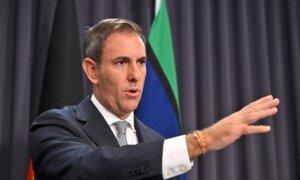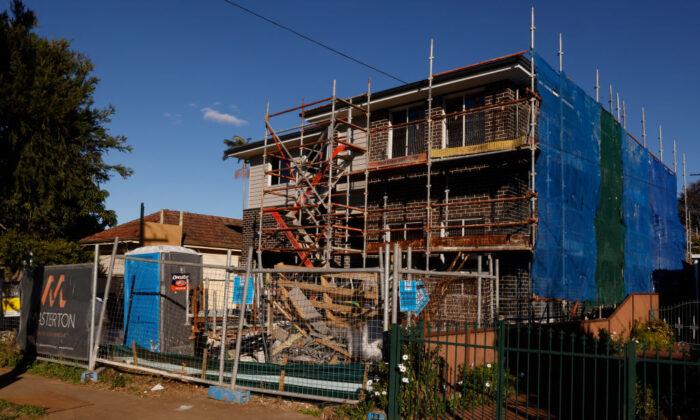Students undertaking mandatory workplace placements will soon be paid with the Albanese government’s new Commonwealth Prac Payment.
The funding will provide a $319.50 (US$210) weekly payment to around 68,000 higher education students and over 5,000 VET students across teaching, nursing, social work, and midwifery disciplines, starting July 1 next year.
This amount is benchmarked to the single Austudy rate and serves as a supplemental income to any financial support students already receive.
Social work students are required to do 26 weeks of unpaid placement before graduation, nursing students 20 weeks, and teaching students 16 weeks.
As such, many Australian students face financial difficulties during their clinical and professional placements, as they are forced to give up work to comply with course requirements.
“We know a lot of students are doing it tough with the current cost-of-living pressures creating more financial barriers to study,” Universities Australia Chief Executive Officer Luke Sheehy said.
Minister for Education Jason Clare said this would allow students to pay their bills while studying to meet their necessary educational qualifications, mentioning the reality of placement poverty.
This cost-of-living measure heeds the advice of the Australian Universities Accord panel to establish simpler and fairer funding for paid placements, a sentiment echoed by the Women’s Economic Equality Taskforce.
“With the majority of students and workers in these vital sectors being women, this payment aligns with the Albanese government’s gender equality strategy and creates a pipeline of future workers to address skills in critical areas,” Australian Council of Trade Unions Assistant Secretary Liam O’Brien stated.
Students with $100,000 loans will have their debts reduced by $4,485, while those with $50,000 loans will save $2,245.
Psychologists Miss Out
The government said costs for the prac payment will be unveiled in next week’s budget.Treasurer Jim Chalmers said the May budget will be fine-tuned to make concessions on easing inflation while alleviating cost-of-living burdens.
The Australian Nursing and Midwifery Federation Tasmania expressed support on the federal government’s move and emphasised that a paid placement will increase participation in the workforce.
“The financial burdens encountered by students are substantial, ranging from loss of income from paid work to additional expenses such as transportation, accommodation, childcare, uniforms, and essential training materials,” Emily Shepherd, ANMF Tasmanian Branch Secretary, said.
“These challenges, compounded by escalating living costs, have contributed to a concerning trend of student attrition.”
Universities Australia CEO Luke Sheehy also expressed the same sentiments, noting that the move will mean “fewer Australians will have to choose between paying the bills and studying for the qualifications they need.”
However, the Australian Psychological Society (APS) conveyed its disappointment for being ineligible for Commonwealth Prac Payment and is asking the government for reconsideration.
“Expecting provisional psychologists to undertake these placements for free puts psychology out of reach for so many students, which puts even more pressure on the psychology workforce, and ultimately does nothing but harm patients who need to access psychology care,” APS President Catriona Davis-McCabe said.
“The decision to leave provisional psychologists out of this program goes against the National Mental Health Workforce Strategy, Universities Accord, and Women’s Economic Taskforce.”






